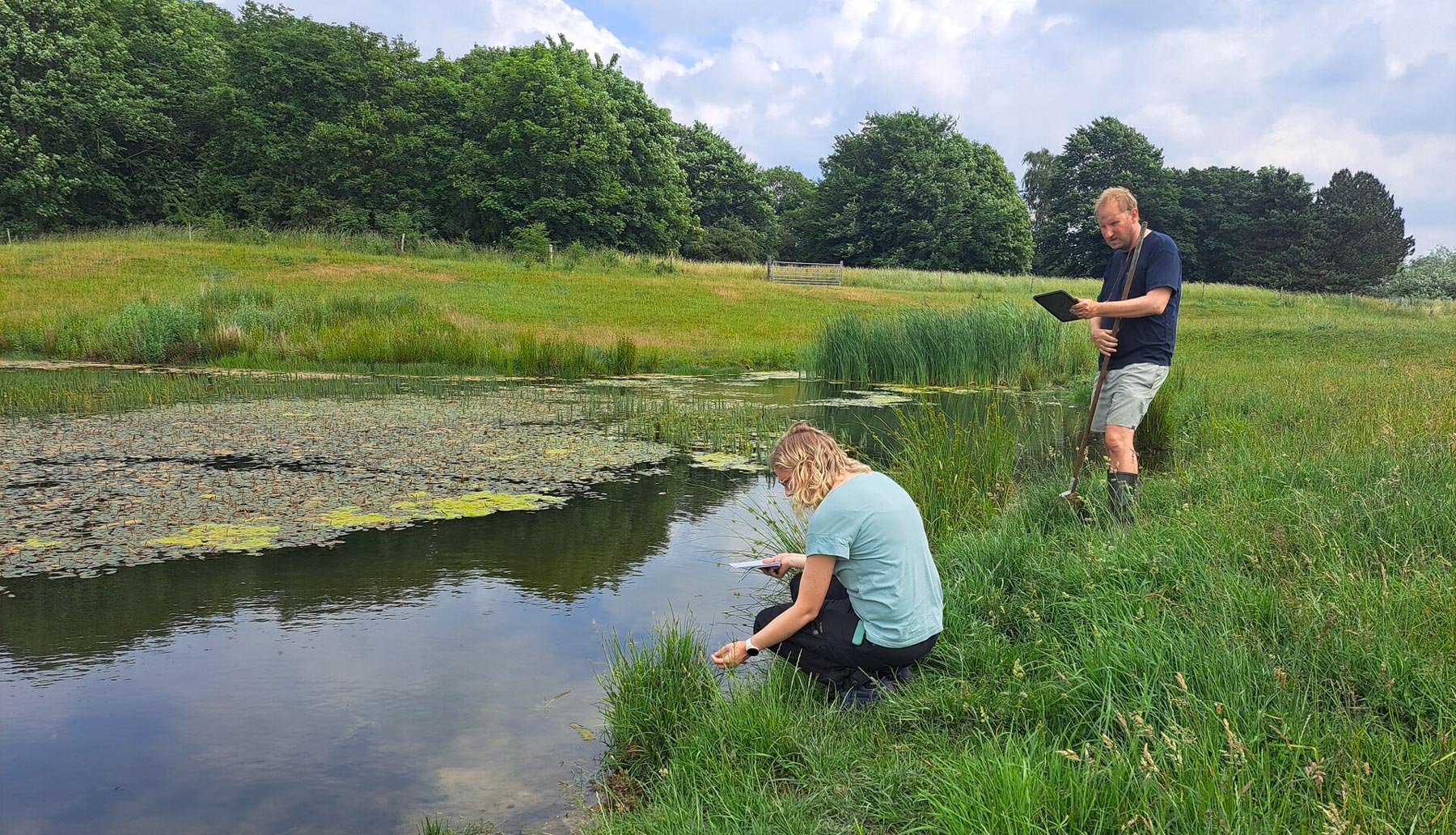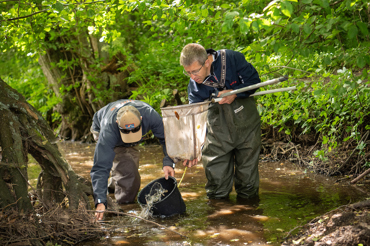
Biodiversity
Biodiversity is crucial to maintain our environment and holds a central position in EU legislation such as CSRD and the EU Taxonomy. The topic is at the very top of the sustainability agenda for companies, researchers, consumers, and politicians alike. At NIRAS, we have extensive experience with nature and biodiversity. We can quantify impacts on biodiversity and design equivalent mitigations to avoid, minimize, restore, and offset the relevant impacts.
Biodiversity is under pressure globally and locally. With the right measures and considerations, it is possible to reduce the negative impact we as humans leave on nature and biodiversity.
Our skilled experts are specialists in solutions to quantify impacts and preserve and restore biodiversity. Whether it's habitat restoration, nature monitoring, landscape biodiversity planning, or something else, we are eager to work with you.
EU reporting requirements, CSRD, and EU taxonomy
A wide range of actors are showing an increasing interest in biodiversity – private companies, municipalities and utilities, among others. The aim is often to reduce own impact on the environment while contributing to a positive development.
This is further exacerbated by the upcoming reporting requirements from EU – CSRD (Corporate Sustainability Reporting Directive) and the EU Taxonomy. These new legislations introduce sustainability disclosure requirements for companies, including disclosure requirements on biodiversity. The disclosures of biodiversity impact must cover activities in the company’s own operations as well as in its value chain.
Development of nature-positive business models for biodiversity
We assist companies with the development of nature-positive business models, where the impact on biodiversity can be turned from negative to neutral (No Net Loss - NNL), or even to a positive impact on biodiversity ( Biodiversity Net Gain - BNG).
The basis for this is a mapping of the company's impact on biodiversity, followed by a specific strategy and actions to reduce impact through the “Mitigation Hierarchy” to achieve No Net Loss or Biodiversity Net Gain.
What must companies include in their annual report under ESRS-E4?
- How the company will adapt its business model and strategy so that it can be operated within the planetary boundaries and contribute to national and international goals, such as the EU's biodiversity strategy and Convention on Biological Diversity (CBD-COP 15).
- How the company measures and reports impacts on biodiversity and ecosystems, both at its own operations and in the value chain.
- How the company plans to prevent and mitigate actual or potential negative impacts, what measures the company initiates, and how the company measures the impact.
- What measures are being initiated to protect and restore biodiversity and ecosystems.

To counteract impacts on biodiversity, four overarching approaches are used in a prioritized sequence:
- Avoid: Avoid impacts as much as possible
- Minimize: Minimize impacts if they cannot be avoided
- Restore: Restore biodiversity in degraded areas
- Offsetting: Replace biodiversity in other areas as compensation
A combination of these approaches may halt biodiversity loss (NNL) or even raise the bar towards positive impact (BNG).

Our services within biodiversity includes:
- Mapping and assessment of nature and biodiversity (conventional methods, eDNA, remote sensing, etc.)
- Mapping of invasive species, for example with remote sensing
- Biodiversity plans and biodiversity strategies
- Documentation for CSRD reporting
- Collection of data for environmental impact assessments (EIA)
- Collection of data for certifications (e.g. in connection with certification DGNB, LEED, BREEAM)
- Nature restoration and offsetting (e.g. streams, lakes, coastal areas)
- Wetland projects
- Operation and habitat management plans
- Landscape plans with a focus on biodiversity
- Biodiversity impact assessment for specific projects such as:
- in construction projects and at production facilities ("on site")
- in supply chains
- in case of new construction on undeveloped areas ("green field")
- in the case of renovation and new construction on previously built-up areas ("brown field")
Biodiversity and ecosystems in CSRD - ESRS E4
ESRS E4 is the CSRD standard for reporting on biodiversity and ecosystems.
The standard applies to all companies that are subject to CSRD, if the company's activities significantly affect or depend on biodiversity and/or ecosystems.
The standard is based on the best available scientific evidence and international frameworks, such as IPBES (the Intergovernmental Science-Policy Platform on Biodiversity and Ecosystem Services) and CBD (Convention on Biological Diversity).
Sustainability analyses in nature projects
At NIRAS, we are competent in sustainability analyses which are often closely linked to nature projects – for examples in relation to climate accounts.
Our modern society is faced with an ever-growing challenge: to preserve and protect our nature, while at the same time upholding our desire for development, growth, and a green transition.
This dilemma requires a careful balancing of economic, social, and environmental factors, which is where sustainability analyses in nature projects are crucial.
A sustainability analysis is a tool that allows us to evaluate the consequences of our actions on nature and the society around us. In nature projects, these analyses play a decisive role in documenting the extent of the company's impact on nature and biodiversity towards the nature-positive business model that respects both ecosystems and human needs.
Get in touch to begin your biodiversity project








